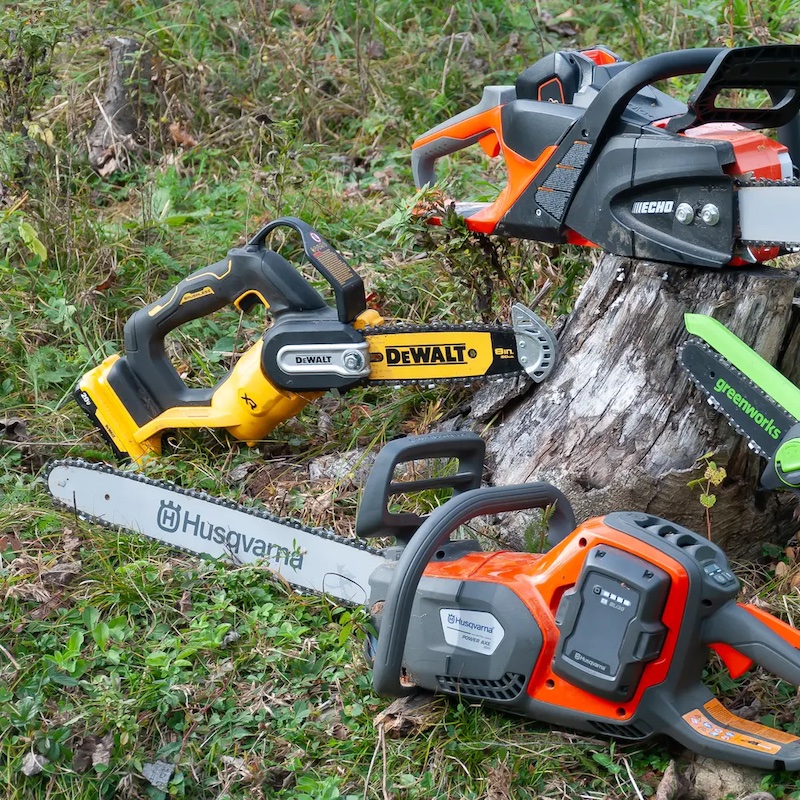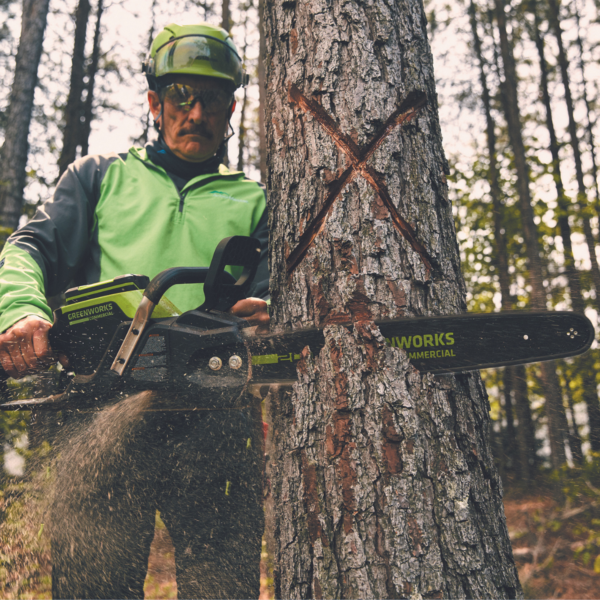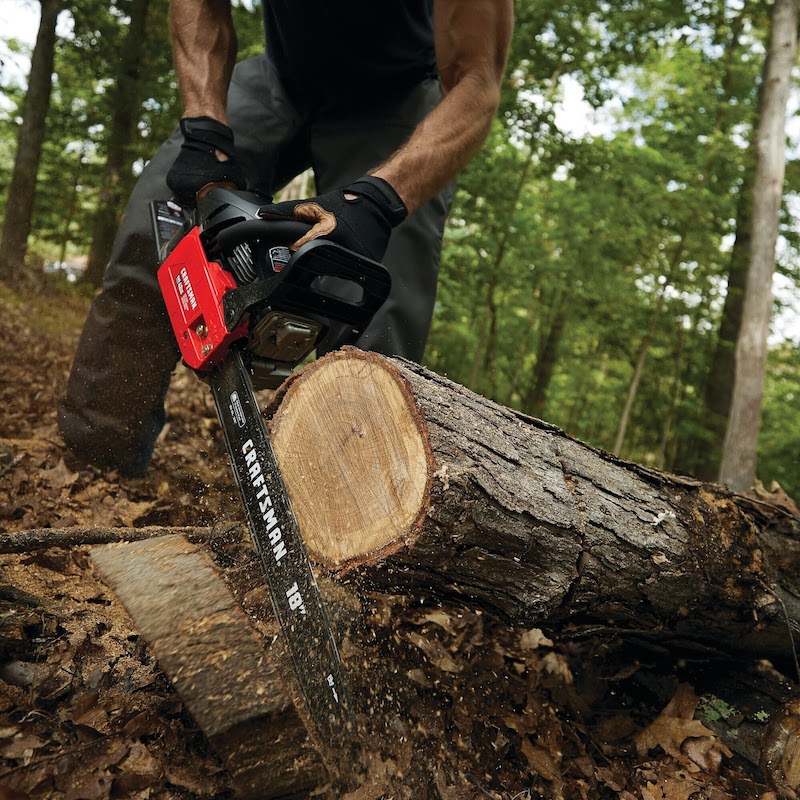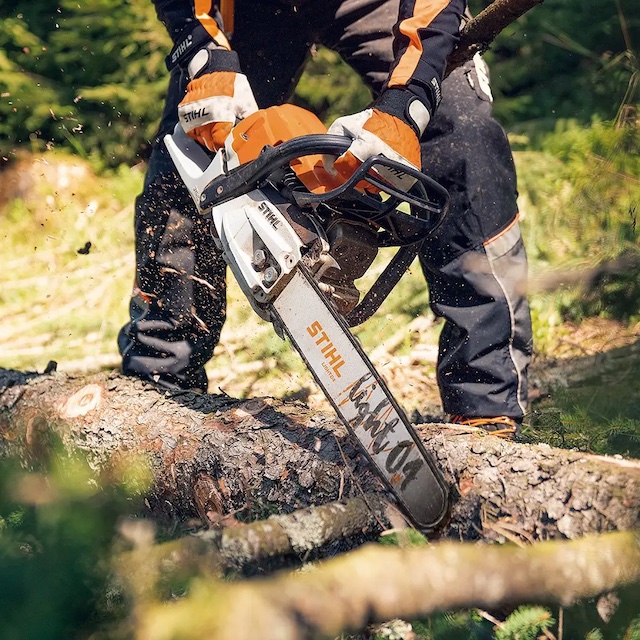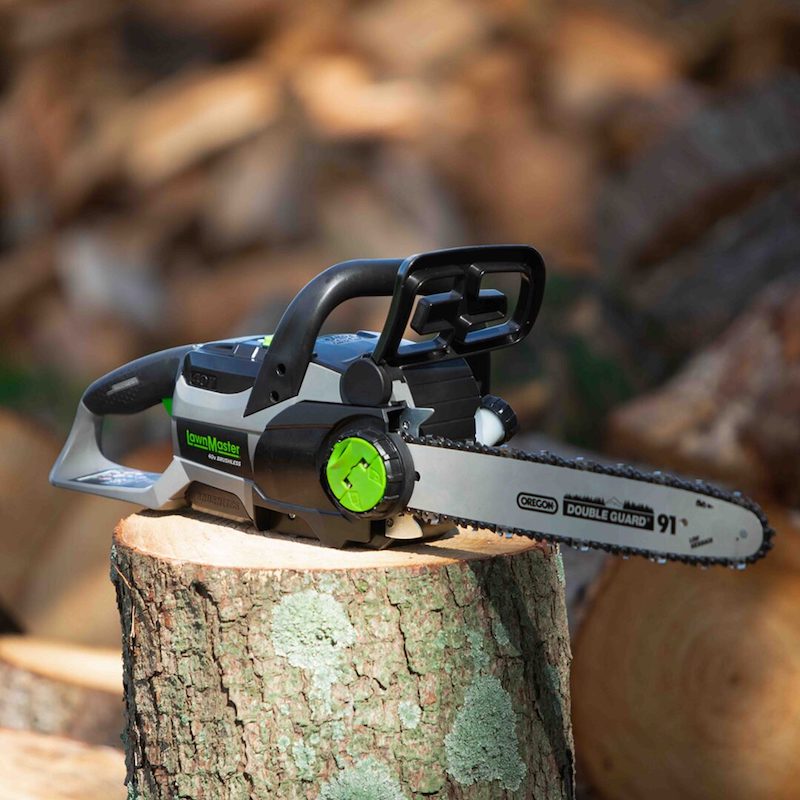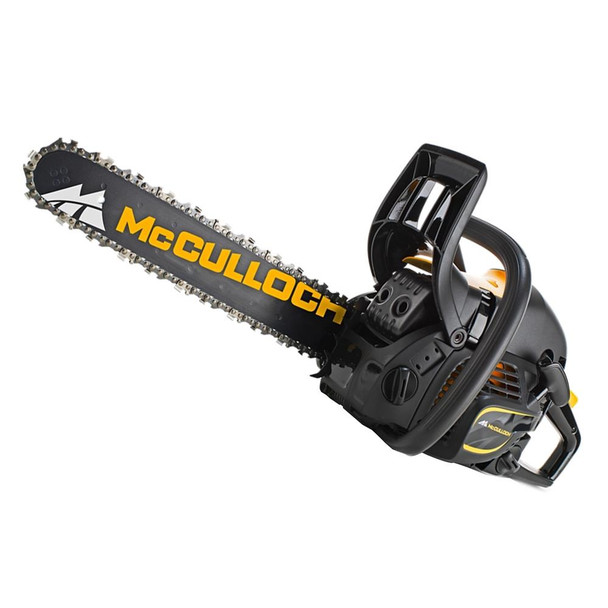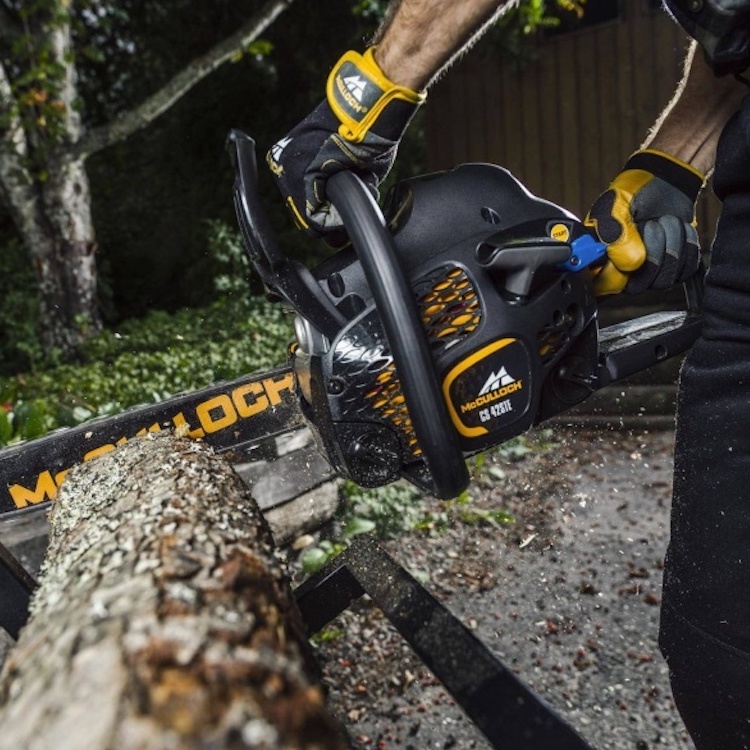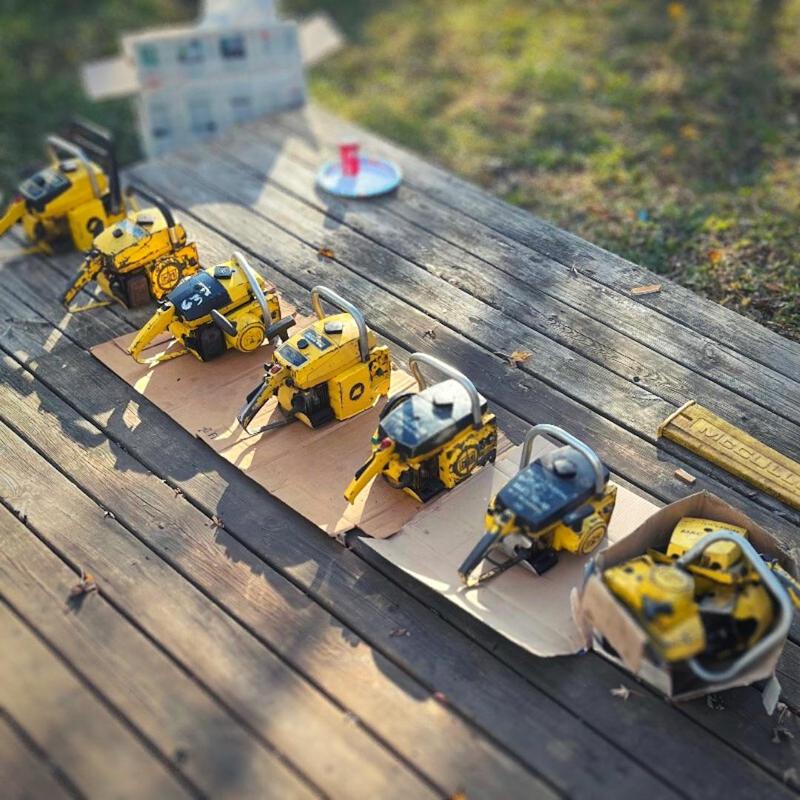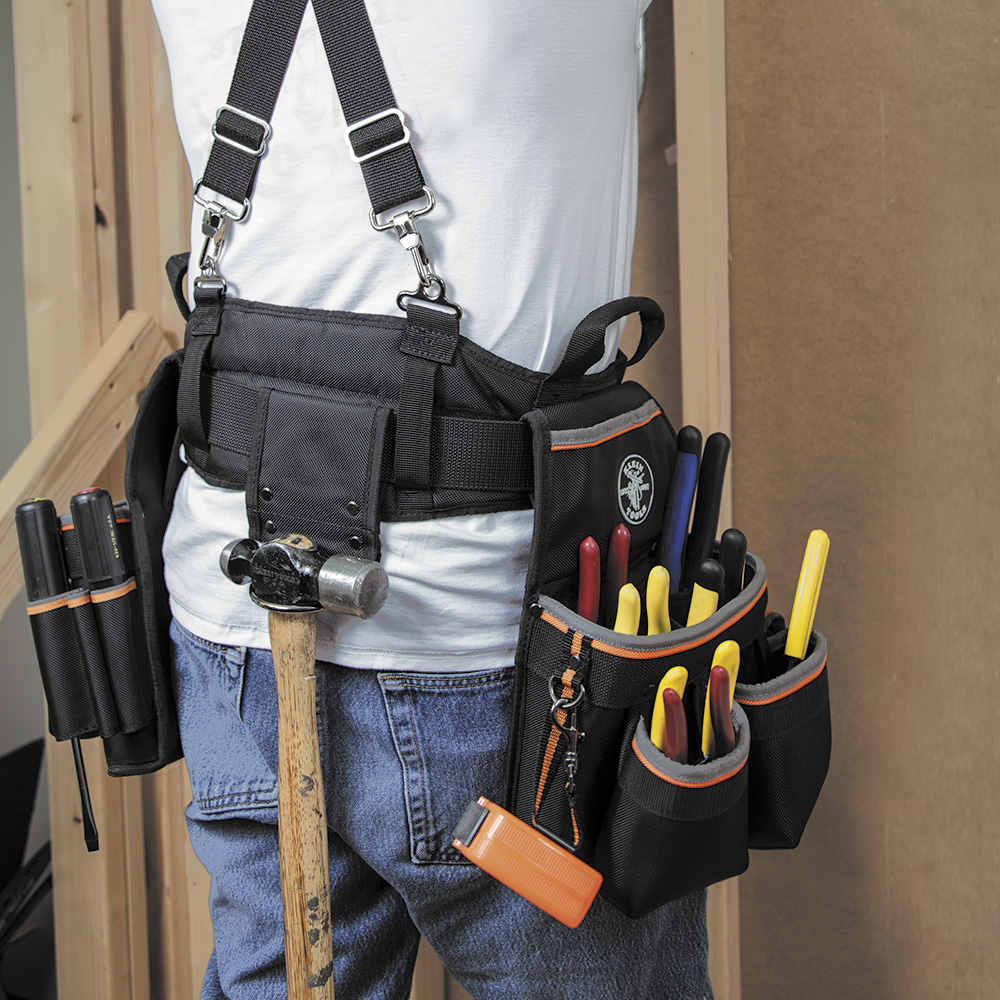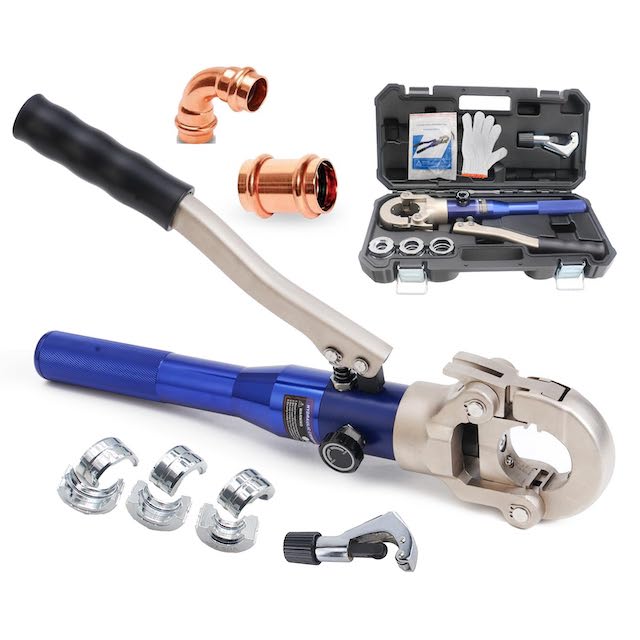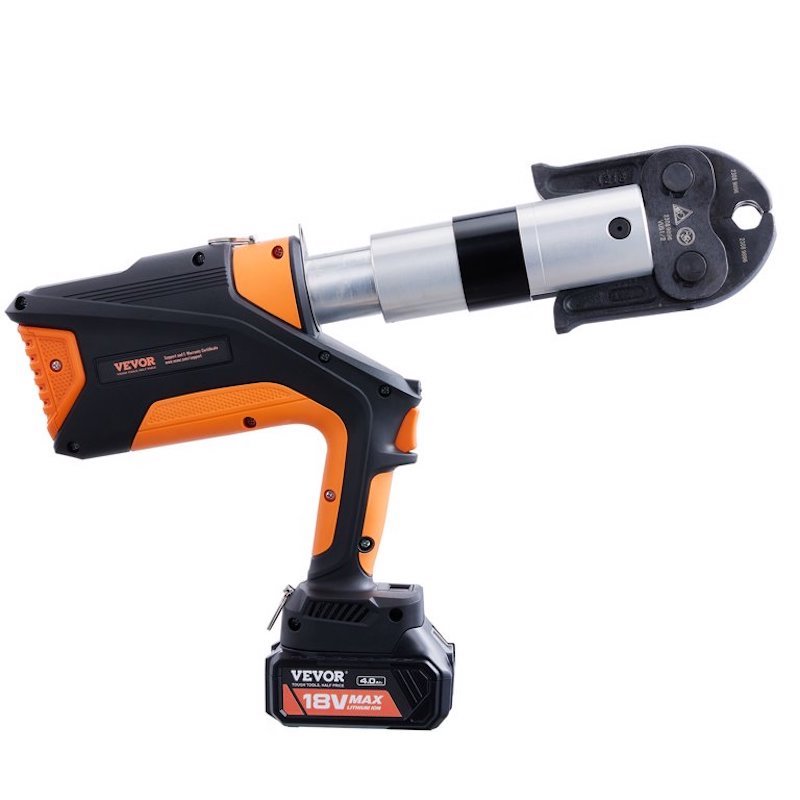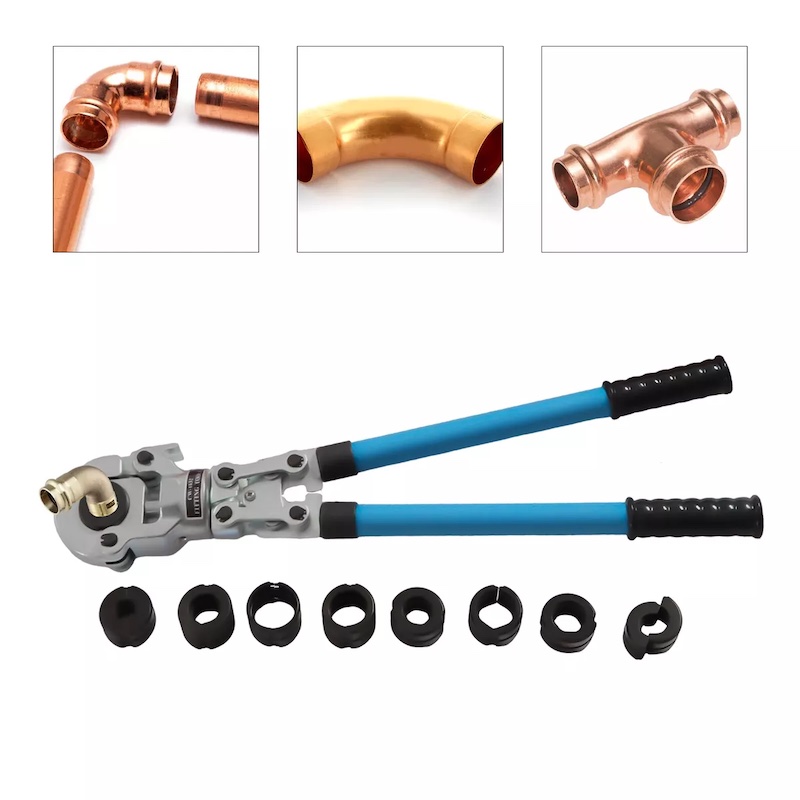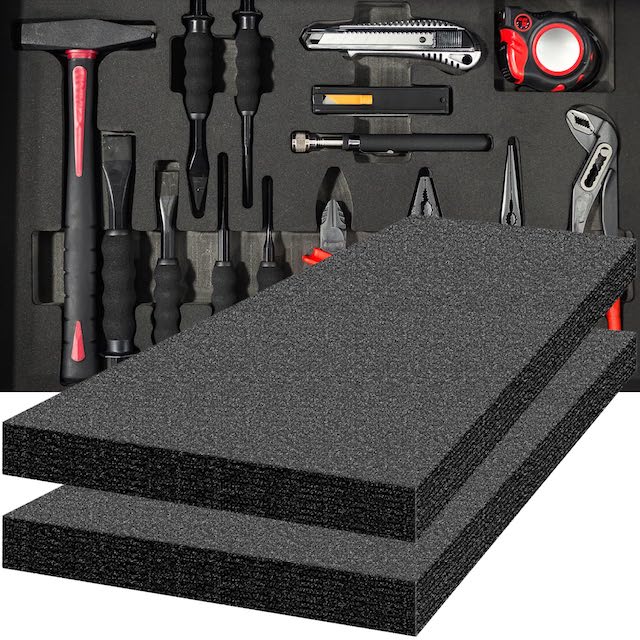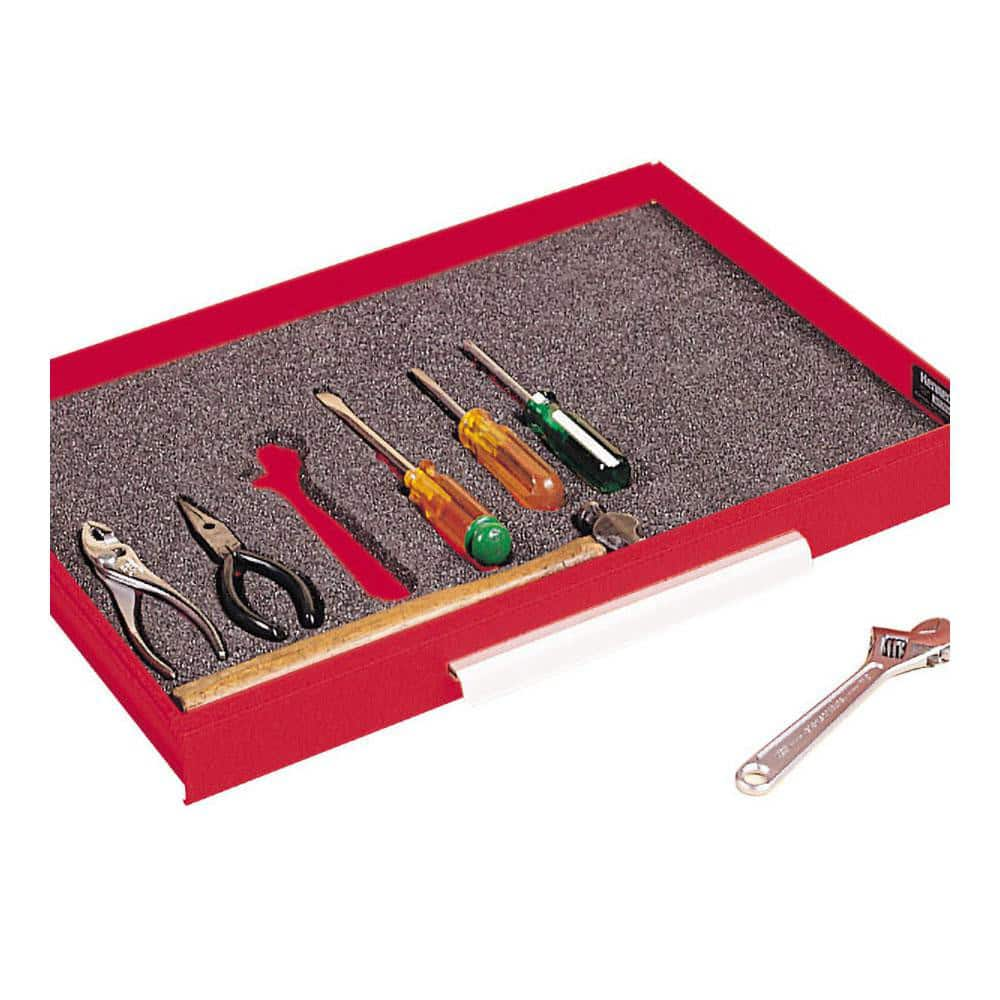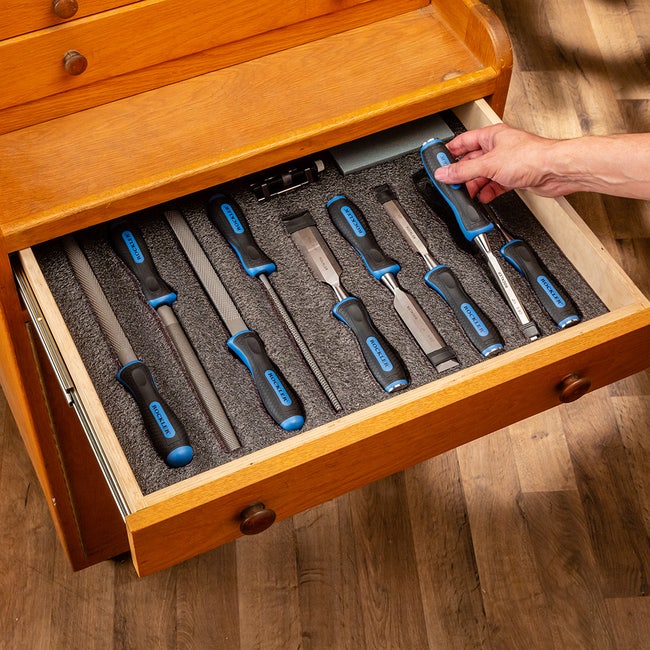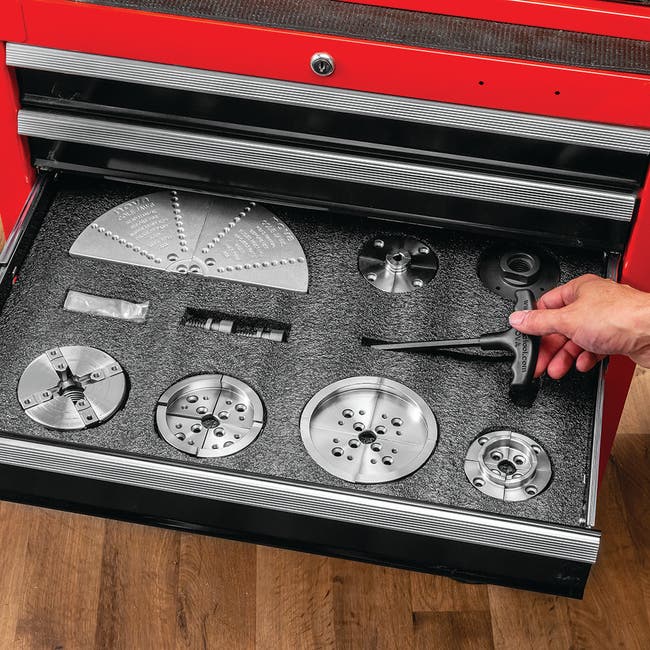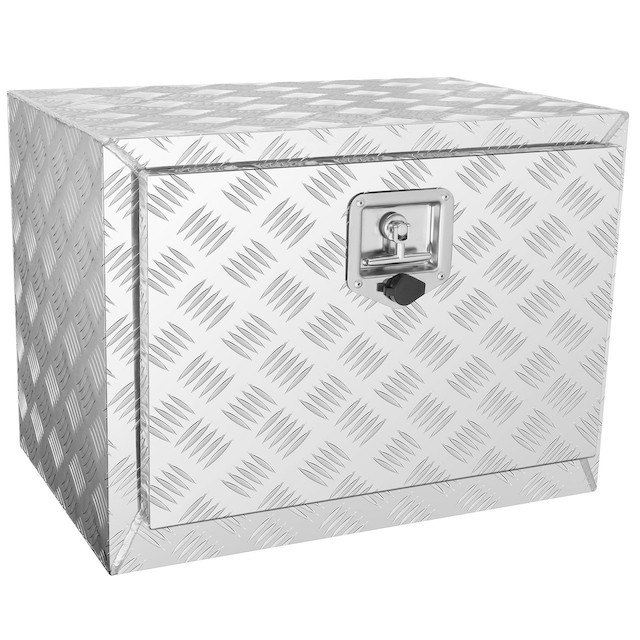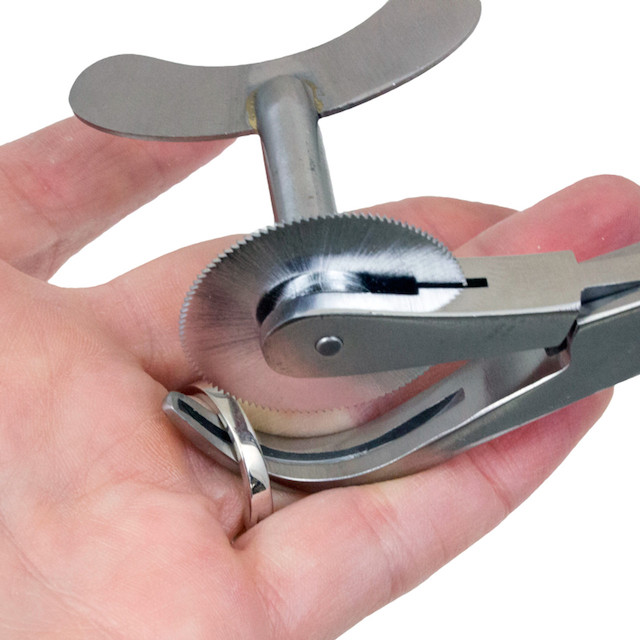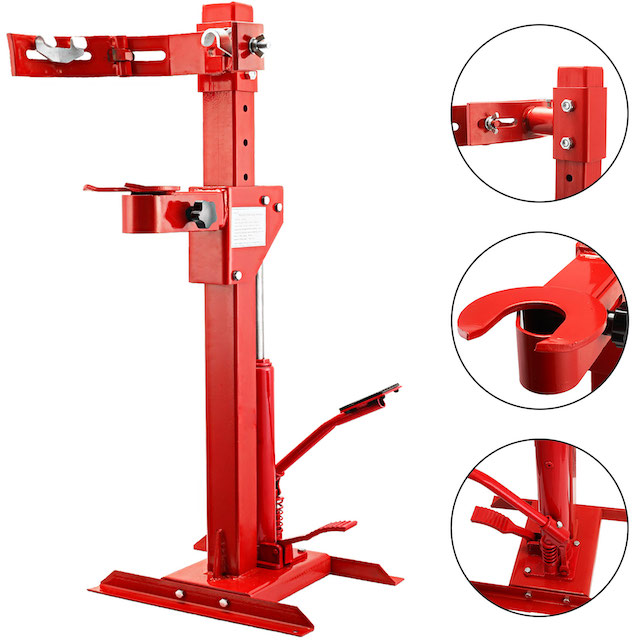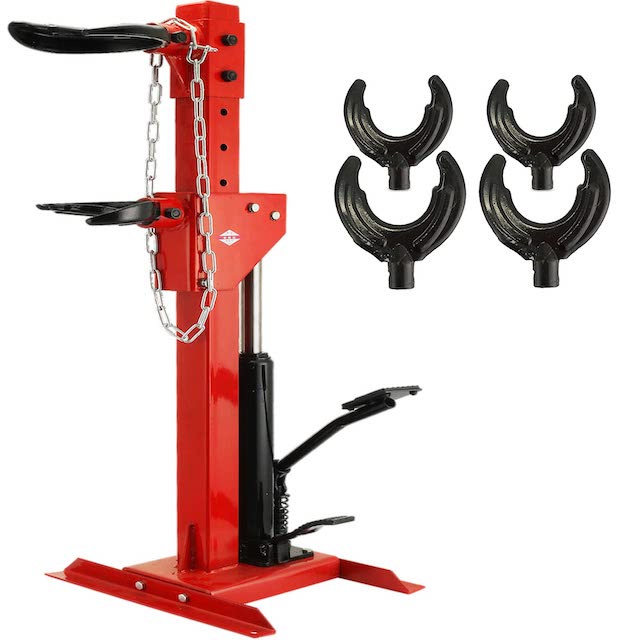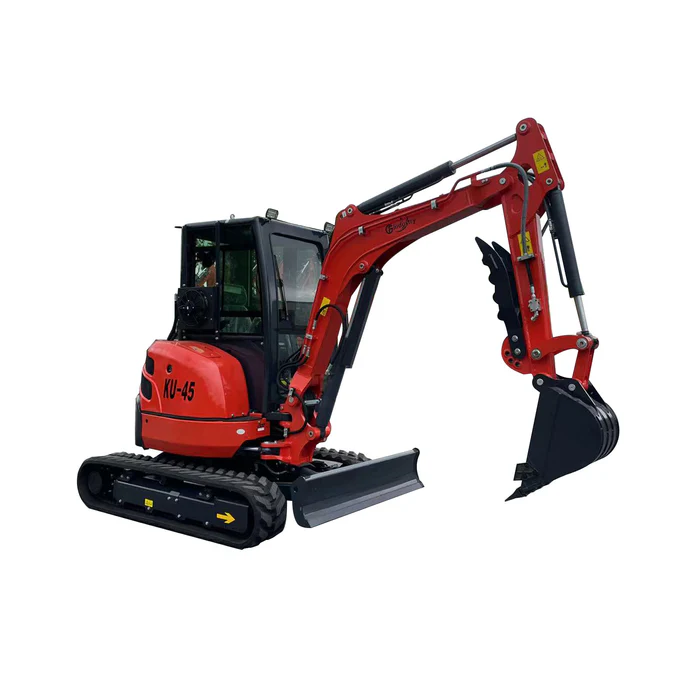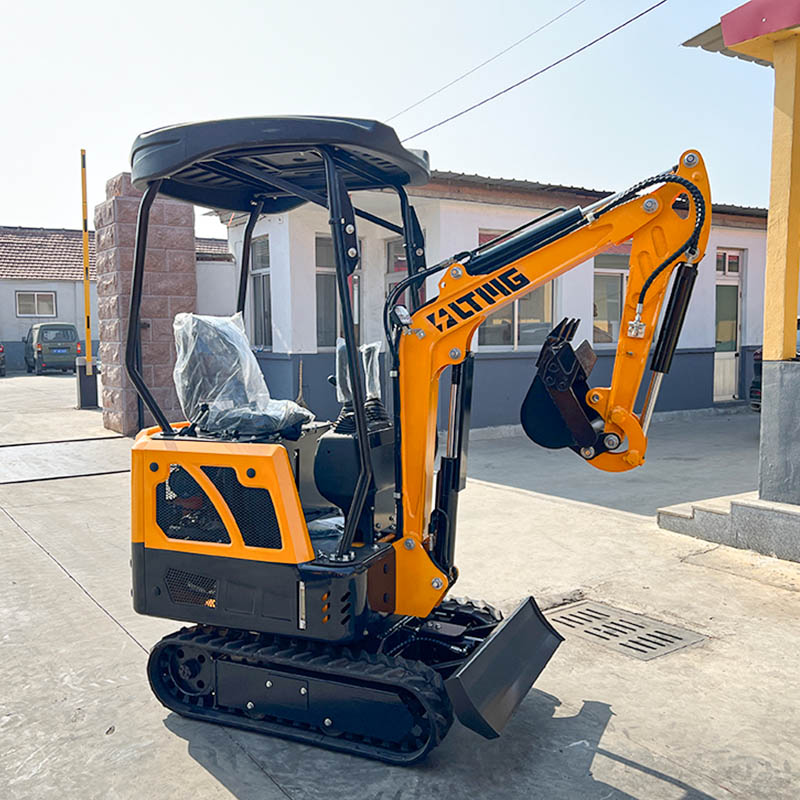The Surprising Origin of Chainsaws in Childbirth

The Birth of the Chainsaw: From Childbirth Tool to Wood Cutting
The Need for a Solution in Difficult Childbirths-Were chainsaws invented for childbirth?
Were chainsaws invented for childbirth? In the past, childbirth was not just a challenge but often a life-threatening ordeal. Women’s lives were at stake, especially when the baby could not pass through the birth canal. Babies have always had relatively large skulls, which posed a significant problem in comparison to the width of a typical woman’s pelvic opening. When babies got stuck, the situation called for desperate measures. The need for an effective, life-saving solution in managing difficult childbirth scenarios was dire.
The Invention of the Chainsaw in the 18th Century
Addressing this need, the chainsaw’s invention emerged as an unlikely hero in the 18th century. Before this invention, mid-labor symphysiotomies, the removal of pelvic bone, were performed using a small knife, without anesthesia. Needless to say, it was excruciating and risky. Then, in 1780, two Scottish doctors, John Aitken and James Jeffrey, created the first chainsaw. Although it may conjure gruesome images, this primitive version of our modern chainsaw was small, about the size of a kitchen tool, and hand-cranked. Despite its intimidating reputation, the chainsaw provided a quicker, less painful process of widening the birth canal and, in effect, saved many mothers and babies from the perils of childbirth. It was a pioneering tool in the history of medical procedures, paving the way for the advancements that followed in the realm of surgical child delivery.
Understanding Symphysiotomies and Childbirth Challenges
Were chainsaws invented for childbirth? Childbirth has always come with significant challenges. One of these was the symphysiotomy, a daunting procedure.
The Symphysiotomy Procedure and Its Risks
In dire childbirth situations, a symphysiotomy was once a common practice. This surgical procedure involved cutting the fibrous cartilage of the pubic symphysis. It was to widen the pelvis, allowing the baby to be born. Doctors performed this without anesthesia, causing intense pain and risks of infection. The mother often endured long-term health issues post-surgery. There were also risks to the child during the process. Despite these dangers, symphysiotomies were crucial in emergencies. They addressed the fit of large infant skulls through the birth canal. The invention of chainsaws simplified this procedure. Yet, the process remained a high-risk option. Over time, medical advancements provided safer alternatives. Today, symphysiotomies are barely used, thanks to modern surgical techniques like the C-Section.
The Transition From Childbirth to Surgery
Chainsaws were not confined to childbirth for long. The innovation that began in the 18th century quickly spread to other areas of medicine. Doctors saw the potential for the chainsaw’s precise cutting ability to be beneficial in various surgical procedures. The clear success of chainsaws in childbirth laid the groundwork for their use in surgery.
Early Adaptations of Chainsaws in Medical Operations
The early chainsaw, despite its rudimentary design, revolutionized the way doctors approached surgery. Surgeons adapted the chainsaw for different medical operations, such as amputations. This era witnessed the transformation of chainsaws from a childbirth necessity to a surgical instrument. Its ability to make clean cuts became valuable for procedures that required the removal of bone. As medicine progressed, so did the role of the chainsaw in providing life-saving interventions. Even though it may be difficult to imagine a chainsaw used in a modern operating room, its early adaptations in medical operations were undeniable steps forward in the history of surgical practice. As surgical tools evolved, chainsaws also morphed, growing more specific to their eventual primary use: woodworking.
Chainsaws’ Evolution Into Modern Woodworking
After their debut in medical settings, chainsaws began a remarkable transition. This journey would take them from the operating room to the forest and workshop. Their evolution was both literal and conceptual, moving from specialized medical instrument to essential tool in woodworking.
How Chainsaws Grew Larger and More Powerful Over Time
Chainsaws developed significantly since their first medical use. Initially sized akin to small knives, these tools gained new forms and functions. As advancements in technology arose, so did the need for more efficient cutting tools. By the 19th century, chainsaws expanded in size. They adopted engines to replace hand cranks. Power sources evolved from manual labor to steam, and eventually, internal combustion engines.
This evolution was driven by the demand for faster and more reliable wood cutting. Woodworkers and lumberjacks embraced the chainsaw’s potential. They pushed for designs that could handle larger trees and tougher wood. As a result, the chainsaw’s blades became longer and the motors more robust. Safety features emerged to protect operators from the dangers inherent to powerful cutting devices. The chainsaw, once quiet and intricately operated, became a formidable force in forestry and construction.
These changes reflected broader social and industrial shifts. As societies grew and construction boomed, the chainsaw proved invaluable. It slashed the time required to fell trees and prepare lumber. This power enabled expansion, economic growth, and technological progress.
It is fascinating to observe how a tool once intended for childbirth has become a symbol of industrial strength. Today’s chainsaws are sophisticated machines. They bear little resemblance to their modest predecessors, yet they share a lineage of innovation that stretches back to their unexpected origins in medicine.
The Discontinuation of Chainsaws in Medical Practice
Were chainsaws invented for childbirth? The use of chainsaws in medical procedures has ceased. Their time in childbirth is now history. Today, we have advanced medical technologies and procedures far superior to the crude methods of the past.
Modern Alternatives to Symphysiotomies
Symphysiotomies are now almost entirely obsolete. Instead, medical professionals use safer, more controlled surgical techniques. These methods reduce the risks once inherent in childbirth.
The Development of the C-Section and its Role Today
The C-Section, or Cesarean delivery, has largely replaced symphysiotomies. It is a safe surgery, well-planned, and carefully performed. It allows for the delivery of babies when vaginal birth presents risks. C-Sections now play a vital role in facilitating safer childbirth worldwide.
The Historical Impact of Chainsaws on Childbirth
Were chainsaws invented for childbirth?
The chainsaw, now a common forestry tool, played a crucial role in medical history. It contributed significantly to the reduction of birth-related mortality rates. This invention reduced the dangers mothers and infants faced during childbirth.
Reduction in Birth-Related Mortality Rates
In the 18th century, childbirth posed fatal risks. The introduction of the chainsaw changed this. It enabled quicker, more precise pelvic bone removal. This reduced the time mothers and infants were in distress during delivery. The result was fewer deaths and complications. The chainsaw’s success in childbirth procedures was a historic milestone. It was a tool that saved countless lives during a period of medical uncertainty.
Chainsaws as a Step Toward Safer Childbirth Methods
The chainsaw set the stage for advancement in childbirth safety. Its precise and efficient method was a leap forward. It paved the way for modern techniques, like the C-Section. The C-Section is now a commonplace and controlled surgery. It offers an alternative to risky, traditional delivery methods. Thanks to the chainsaw, safer childbirth practices evolved. This evolution continues to protect mothers and newborns today.
Reflecting on the Progress of Childbirth Practices
Were chainsaws invented for childbirth? Childbirth, once a perilous journey, has been transformed by modern medicine. Efforts to make delivery safer have never ceased, evolving from rudimentary techniques to today’s best practices. As we reflect on the journey from chainsaw-assisted childbirth to the advanced procedures available today, it’s remarkable to see how far we have come. The focus has shifted to minimizing risk and maximizing comfort and safety for both the mother and the child.
Safer Protocols and the Role of Birth Assistants
Today’s childbirth protocols stress safety above all. Gone are the days of high-risk procedures with questionable outcomes. In their place, we have meticulously developed safety measures, hygiene standards, and pain management strategies. Birth assistants, including doulas and midwives, play a vital role in this safe and supportive birth environment. They provide continual care and assist during labor, which helps reduce anxiety and improve the overall birthing experience.
Gratitude for 21st-Century Childbirth Innovations
We often take for granted the medical advancements that allow for safe deliveries. Looking back, we should feel thankful for the progress that has been made. From the gruesomeness of chainsaws in the delivery room to the precise and sterile environment of today’s operating theaters, the transformation is astounding. Every successful delivery is a testament to centuries of medical innovation and a reminder to be grateful for 21st-century childbirth practices.
